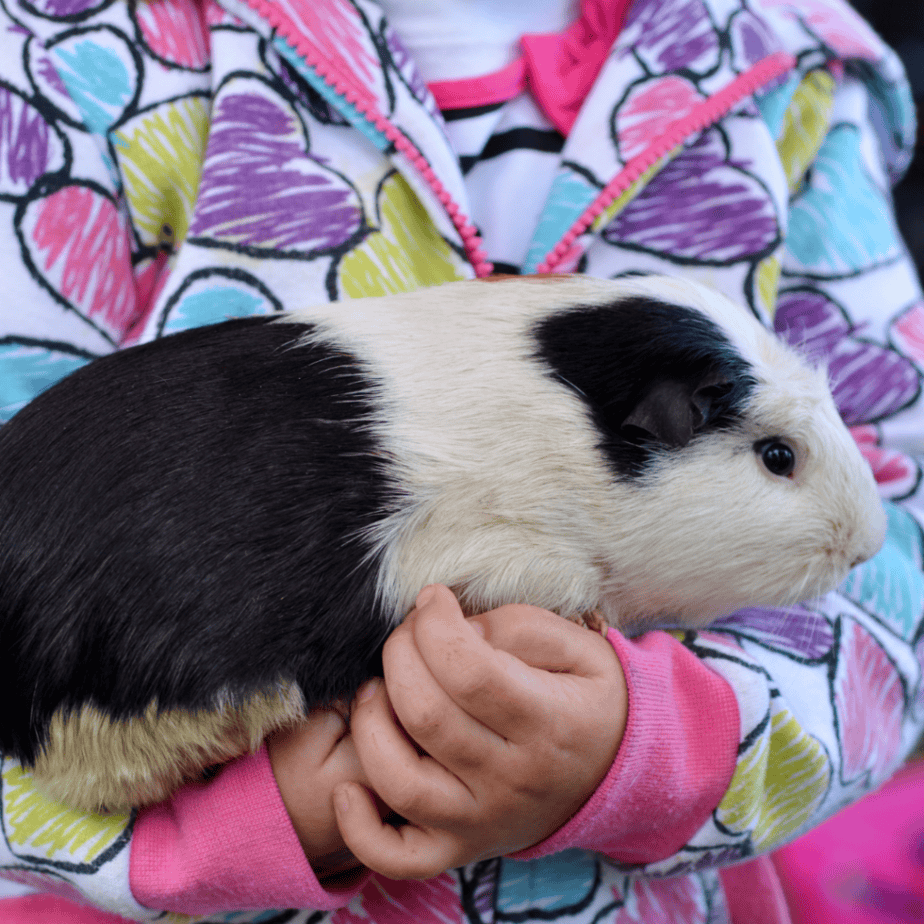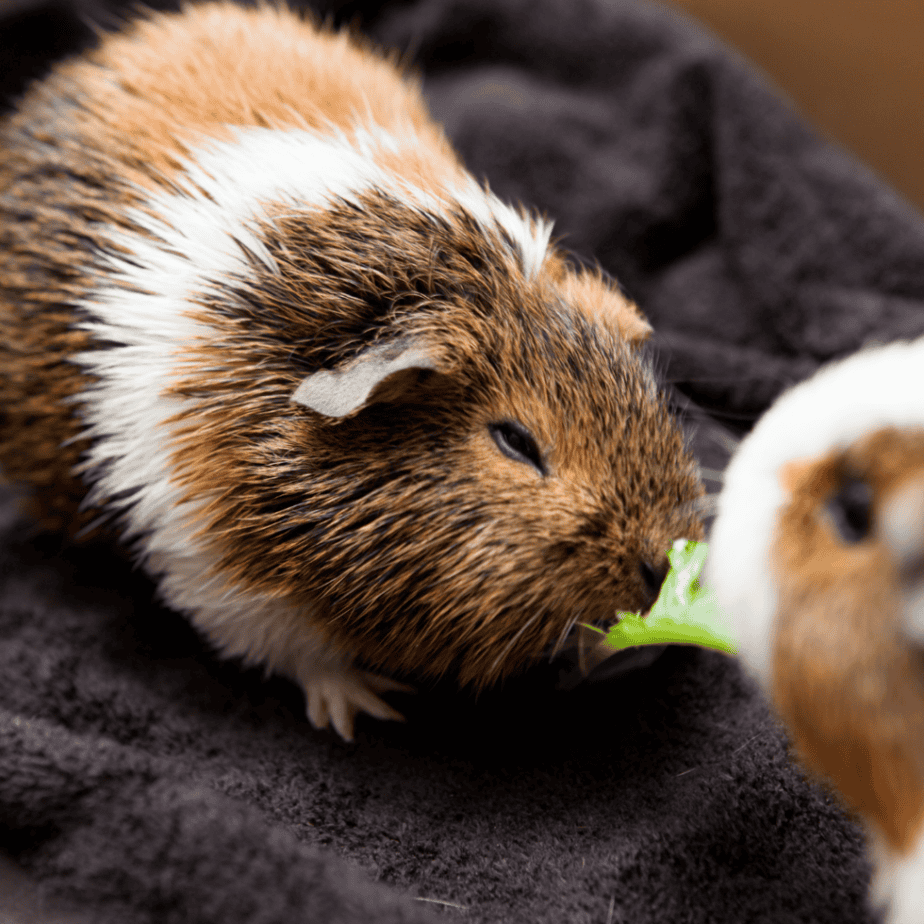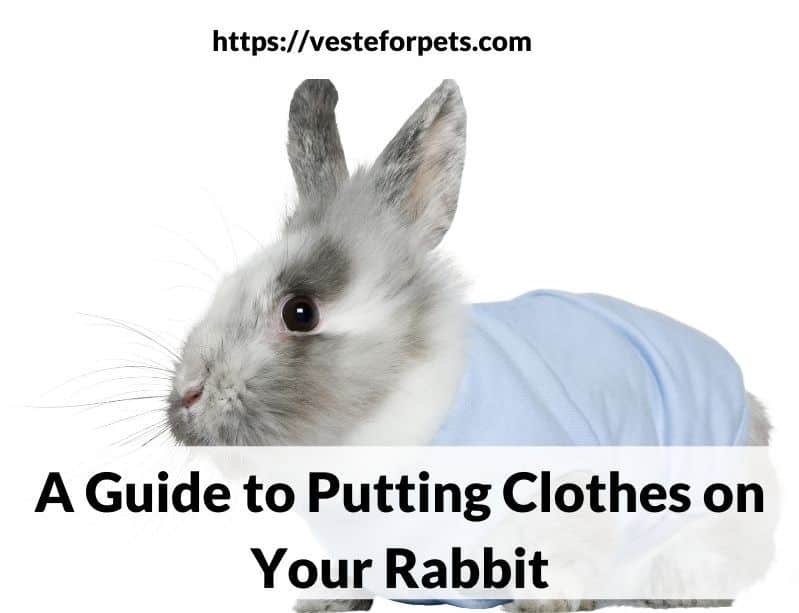Discover if fleece is safe for guinea pigs. Learn about fleece bedding benefits, safety considerations, and how to ensure your guinea pig’s health and comfort.
Have you been wondering if fleece is a safe option for your guinea pig’s bedding? Fleece has become a popular choice among pet owners due to its softness and reusability. But is it the best option for your furry friend? Let’s dive into the pros and cons of fleece bedding and explore how it impacts your guinea pig’s safety, health, and overall comfort.
Benefits of Fleece Bedding: A Soft and Cozy Haven
Fleece bedding has become a popular choice among guinea pig owners for a good reason. It offers a range of benefits that contribute to a happier and healthier life for your furry friend.
First and foremost, fleece is incredibly soft and comfortable. Imagine curling up on your favorite soft blanket – that’s how your guinea pig feels when they’re nestled in fleece bedding. This softness is not just a luxury; it’s essential for their delicate feet. Guinea pigs spend a lot of time on their feet, exploring and playing. Fleece helps to prevent sore pads and discomfort, ensuring they can enjoy their playtime without worry.
Another fantastic benefit of fleece bedding is its absorbency. Unlike traditional bedding materials that can become damp and uncomfortable, fleece wicks away moisture, keeping the surface dry. This helps to prevent the growth of bacteria and keeps your guinea pig’s environment clean and healthy. Plus, because fleece is reusable, it’s a cost-effective option in the long run. You’ll save money on bedding and reduce waste, making it a win-win for both you and your pet.
So, if you’re looking to create a cozy, comfortable, and hygienic environment for your guinea pig, fleece bedding is definitely worth considering. Your furry friend will thank you!

Safety Considerations for Fleece Bedding
While fleece bedding offers numerous advantages, it’s essential to handle it correctly to ensure a safe and healthy environment for your guinea pig.
First and foremost, proper preparation is key. Before using fleece bedding for the first time, it’s crucial to wash it thoroughly to remove any chemicals or residues from the manufacturing process. These substances can be harmful to your guinea pig’s delicate skin. I learned this the hard way when my guinea pig, Peanut, developed a slight rash after using a new fleece liner. It was a scary experience, but thankfully, it cleared up once I washed the fleece again with a gentle detergent.
To maximize absorbency and comfort, consider using multiple layers of fleece. A waterproof underlayer can help protect your flooring, while the top layer provides a soft and cozy surface for your guinea pig. Experiment with different combinations to find what works best for you and your pet.
Maintaining the cleanliness of fleece bedding is essential to prevent the buildup of bacteria and odors. Regular washing is a must. I recommend washing the bedding at least once a week, or more frequently if needed. To keep things fresh between washes, spot cleaning with a pet-safe disinfectant can help. It’s also important to remove any soiled areas promptly to prevent the spread of bacteria.
By following these simple guidelines, you can create a safe and hygienic environment for your guinea pig while enjoying the benefits of fleece bedding. Remember, a clean and comfortable home is essential for your pet’s overall well-being.
Fleece Bedding vs. Other Bedding Options
Choosing the right bedding for your guinea pig can feel like a daunting task. With so many options available, it’s essential to weigh the pros and cons of each to find the perfect fit for your furry friend. Let’s compare fleece to some popular alternatives.
Fleece vs. Paper Bedding
Paper bedding has been a staple for many guinea pig owners for years. While it’s absorbent and often affordable, it has its limitations. Compared to fleece, paper bedding tends to be less absorbent and can break down quickly, requiring more frequent changes. This can lead to increased costs and time spent cleaning. On the plus side, paper bedding is typically dust-free, which is beneficial for guinea pigs with respiratory issues. However, fleece can also be made low-dust with careful selection and washing.
Fleece vs. Aspen Shavings
Aspen shavings have long been a popular choice for small animals. They are absorbent and can help to control odors. However, they can also be dusty, which can irritate your guinea pig’s respiratory system. Fleece, on the other hand, is virtually dust-free, making it a better option for guinea pigs with sensitivities. While aspen shavings might be initially less expensive, the long-term cost of frequent replacements can add up. Fleece, being reusable, can save you money in the long run. Additionally, fleece provides a softer and more comfortable surface for your guinea pig to rest on.
Fleece vs. Hemp Bedding
Hemp bedding has gained popularity in recent years due to its sustainability and odor-control properties. It’s absorbent and biodegradable, making it a great choice for eco-conscious pet owners. However, hemp bedding can be more expensive than fleece, and it might not be as soft or comfortable for your guinea pig. Fleece, while not biodegradable, is reusable and can be washed multiple times, reducing its environmental impact. When it comes to odor control, both fleece and hemp excel, but regular cleaning is essential for both materials.
Ultimately, the best bedding for your guinea pig depends on your individual needs and preferences. By carefully considering factors like absorbency, cost, comfort, and environmental impact, you can make an informed decision that promotes your pet’s well-being.

Ensuring Guinea Pig Comfort with Fleece Bedding
Creating a comfortable and cozy environment for your guinea pig is essential for their overall well-being. Fleece bedding can be a fantastic base for building a comfortable habitat, but it’s important to consider additional factors to ensure your furry friend is happy and healthy.
Layering Techniques for Maximum Comfort
One way to enhance the comfort of your guinea pig’s bedding is through layering. By combining fleece with absorbent pads or liners, you can create a multi-layered system that provides both softness and dryness. The absorbent layer can help to wick away moisture, while the fleece offers a cozy and inviting surface for your guinea pig to rest. This layered approach can also help to regulate temperature, keeping your guinea pig comfortable year-round.
Creating a warm and inviting habitat goes beyond just the bedding. Providing plenty of hideaways, chew toys, and enrichment activities will contribute to your guinea pig’s overall comfort and happiness. A cozy hut or tunnel can offer a sense of security, while chew toys can help alleviate boredom and prevent destructive behavior.
Hygiene and Health: Keeping Your Guinea Pig Happy
Maintaining a clean living space is crucial for your guinea pig’s health and well-being. Regular cleaning of the fleece bedding and cage is essential to prevent the buildup of bacteria and odors. Keep an eye out for any signs of discomfort or allergies, such as excessive scratching, sneezing, or changes in appetite. If you notice any unusual symptoms, it’s important to consult with a veterinarian to rule out any underlying health issues.
By paying attention to your guinea pig’s behavior and creating a clean and comfortable environment, you can help ensure a long and happy life for your furry friend.
Common Misconceptions About Fleece Bedding
Fleece bedding is a fantastic choice for guinea pigs, but there are some common misconceptions that need to be addressed.
Fleece and Heat Regulation
One of the most common concerns about fleece bedding is that it might cause guinea pigs to overheat. While it’s true that guinea pigs are sensitive to heat, fleece is actually quite breathable. It doesn’t trap heat like some other materials might. However, it’s still essential to monitor your guinea pig’s environment, especially during warmer months. Providing plenty of fresh air and cool water is crucial. If you’re worried about overheating, you can always opt for a thinner fleece or even use it in combination with a mesh bottom to increase airflow.
Chewing Hazards
Guinea pigs love to chew, and it’s natural for them to explore their environment with their mouths. While fleece is generally safe, it’s important to be mindful of potential chewing hazards. To prevent your guinea pig from ingesting any fabric, avoid using loose blankets or items with dangling threads. Secure any loose edges or seams to minimize the risk. Additionally, providing plenty of chew toys can help redirect their chewing behavior away from the bedding. By taking these precautions, you can create a safe and enjoyable environment for your furry friend.
Conclusion
Fleece can be a fantastic option for guinea pig bedding, offering both comfort and cost-effectiveness. By properly preparing and maintaining fleece bedding, you can ensure a safe and hygienic environment for your guinea pig. Consider the benefits and potential drawbacks, and always monitor your pet’s health and comfort. Happy guinea pig, happy owner!
Content Disclaimer
The information contained above is provided for information purposes only. The contents of this Blog article are not intended to amount to advice, and you should not rely on any of the contents of this Blog article. Professional advice should be obtained before taking or refraining from taking any action as a result of the contents of this Blog article. VesteForPets.com disclaims all liability and responsibility arising from any reliance placed on any of the contents of this Blog article.
Copyright Notice
These works are protected by copyright laws and treaties around the world. We grant to you a worldwide, non-exclusive, royalty-free, revocable licence to view these works, to copy and store these works and to print pages of these works for your own personal and non-commercial use. You may not reproduce in any format any part of the works without our prior written consent.
Copyright © 2022 – 2024 Veste For Pets







